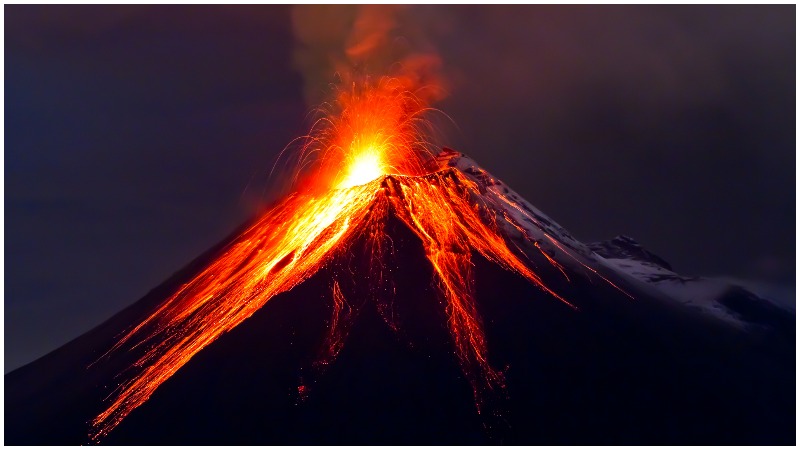History books are not always right, but it’s a shock to many familiar with the destruction of the Roman city of Pompeii that the commonly accepted date of Mount Vesuvius’s volcanic eruption is most likely off by two months.
An inscription has been uncovered during new excavations that dates it to mid-October in 79 AD, not August 23rd.
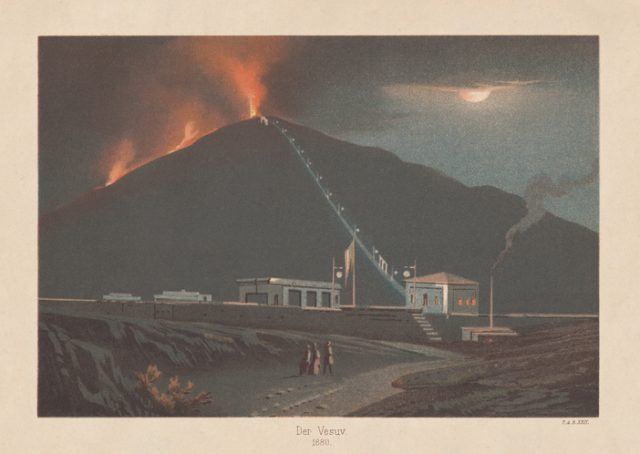
Culture Minister Alberto Bonisoli made the announcement on October 15, 2018 in Pompeii, and declared it “an extraordinary discovery.” He said the discovery was important for science, history, and art — and for highlighting Italian expertise.
A charcoal inscription made in a house being renovated in ancient times apparently re-dated the eruption of Mount Vesuvius.
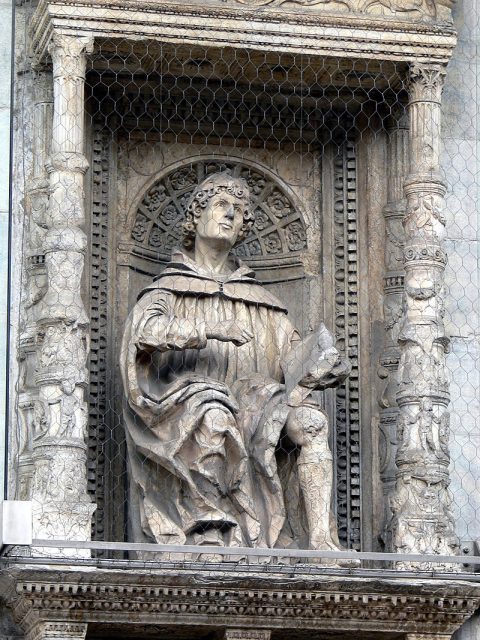
Historians used ancient writings that purported to share first-hand accounts of the volcano to come up with the original date.
The writings came from Pliny the Younger, a lawyer and author who wrote about the death of his more famous uncle, Pliny the Elder.
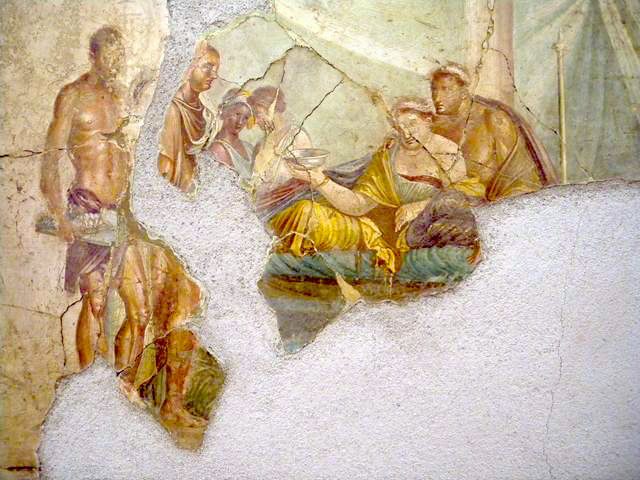
“On the 24th of August, about one in the afternoon, my mother desired him to observe a cloud…” he wrote in a letter to Tacitus, a Roman historian, about the events.
According to the BBC, Pliny the Elder “was then a fleet commander at Misenum – modern day Miseno – across the bay from Pompeii. He took a ship to stage a rescue for those in danger from the volcano.” The older man did not return.
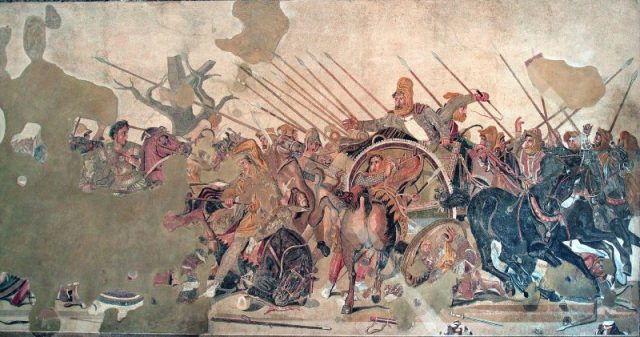
Pliny the Younger wrote in his letter, “I have faithfully related to you what I was either an eye-witness of myself or received immediately after the accident happened, and before there was time to vary the truth.”
But now historians aren’t so sure. Perhaps Pliny the Younger’s correspondence was incorrectly translated from Latin, or in some way misunderstood.
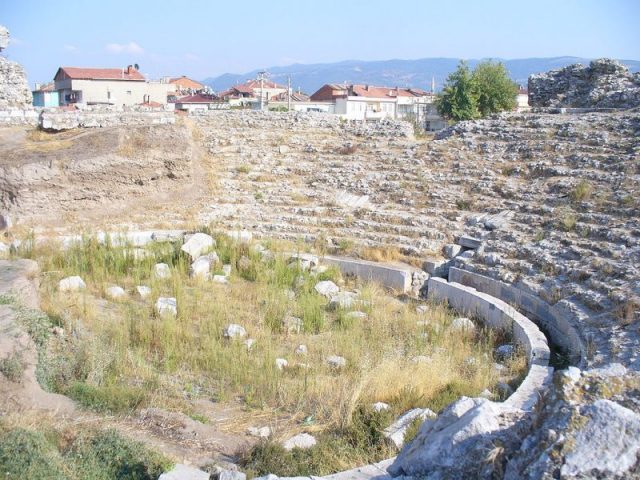
The archaeologists released a statement about the new findings: “In particular, a charcoal inscription, a tangible trace of everyday life, supports the theory that the date of the eruption was October and not August. The inscription appears in a room of the house which was undergoing refurbishment, while the rest of the rooms had already been completed. Work must therefore have been ongoing at the time of the eruption.”
They also pointed out that since the scribbling was made “in fragile and evanescent charcoal, which could not have been able to last long, it is highly probable that it can be dated to the October of AD 79, and more precisely to a week prior to the great catastrophe.”
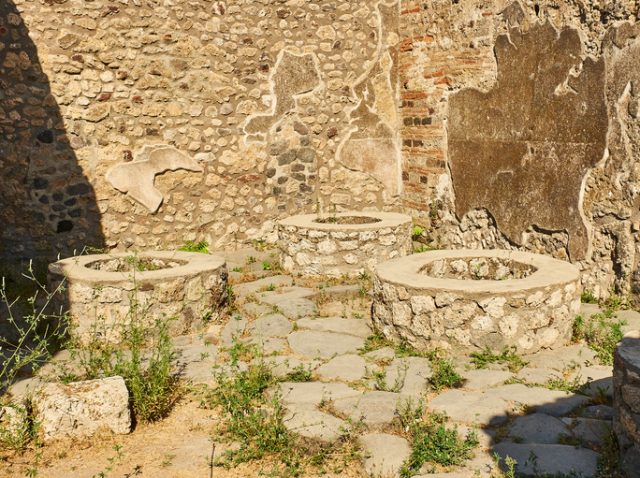
Interestingly, there had already been a challenge to the August date, based on climate and crops. A team of scientists led by Giuseppe Rolandi, a professor of Earth sciences at the University of Naples, wrote in a paper published in the Journal of Volcanology and Geothermal Research in January 2008 that the wind patterns dispersing volcanic debris only occurred in the autumn.
Also crops that were harvested in the autumn months like grapes and pomegranates were available at the time that Vesuvius exploded.
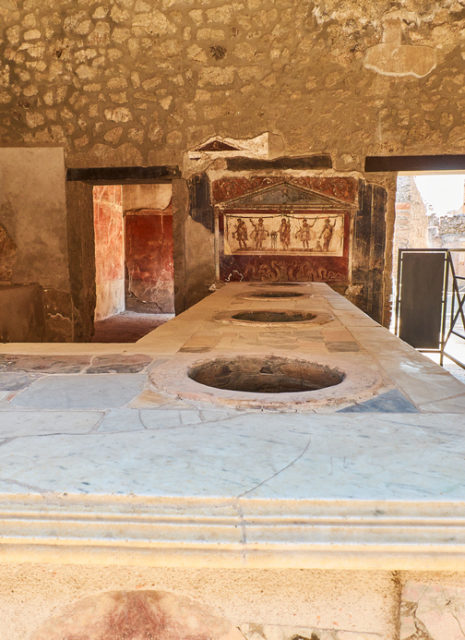
The explosion of Mount Vesuvius is the subject of other, recently revealed research.
A new study suggests that Mount Vesuvius’s explosion inflicted horrible deaths on its human victims: the heat was so extreme that victims’ skulls exploded, their blood boiled, and their flesh and brains were replaced with ash.
Scientists now say that Mount Vesuvius erupted in Italy with a thermal energy 100,000 times more powerful than the atomic bombs of Hiroshima and Nagasaki.
Read another story from us: Mt Vesuvius Explosion in 79 AD: Exploding Skulls and Boiling Blood
This conclusion was reached after archaeologists at the Federico II University Hospital in Italy conducted a study of bones recovered from some ash-filled waterfront chambers in Herculaneum, a city close to the volcano, and discovered a strange red and black mineral residue on the bones, including inside skulls, and permeating the ash around and inside the skeletons.
